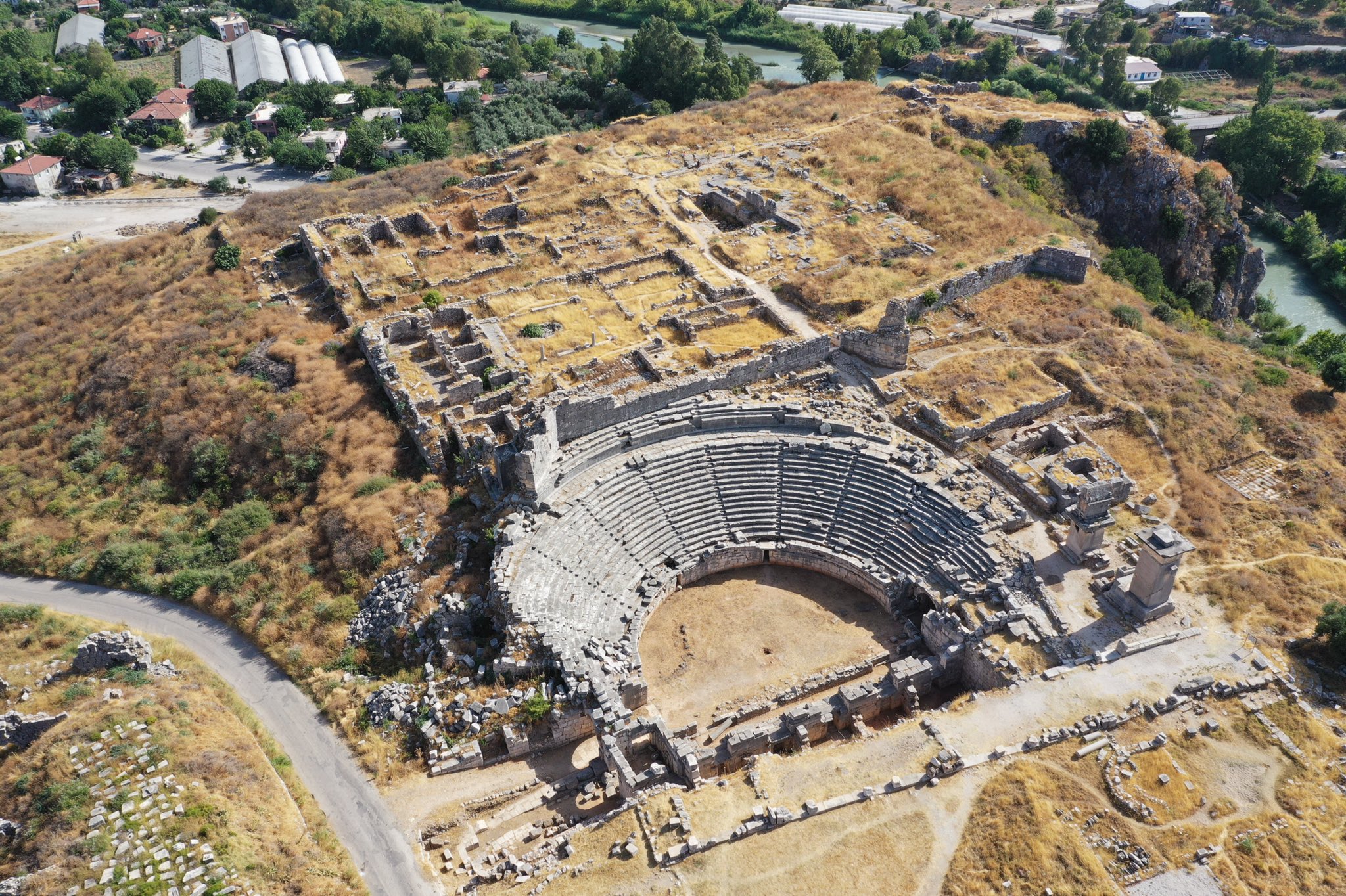Southwest Turkey, close to the contemporary city of Fethiye, is home to the ancient archaeological site of Xanthos-Letoon. It comprises of two distinct but connected sites: Letoon, the religious hub of the Lycian federation, and Xanthos, the ancient Lycian people's capital.
A significant part of the history of the area was played by the strong city-state of Xanthos. It was established some time in the 8th century BCE, and for many centuries it was a significant political and cultural center. The city's spectacular architecture, which included its defensive walls, government structures, and opulent tombs, was well-known.
The Harpy Tomb, a massive and ornate tomb from the fifth century BCE, is one of Xanthos' most well-known buildings. The tomb has elaborate carvings of harpies, winged creatures, and themes from Greek mythology. One of the best examples of Lycian funerary art, it is widely regarded.
The Lycian federation, a loose association of city-states that flourished between the sixth and fourth centuries BCE, had its religious center at Letoon. An agora, or marketplace, as well as temples honoring the gods Apollo, Artemis, and Leto are among the significant religious structures present on the site.
Leto, the mother of the gods Apollo and Artemis, is honored in a special water sanctuary that is one of Letoon's most fascinating features. The sanctuary is made up of a network of canals and pools that were utilized for ritual bathing and purification. A variety of inscriptions and other artifacts from the site also shed light on the religious practices and beliefs of the Lycian people.
A unique look into Turkey's ancient past may be found in Xanthos-Letoon, a well-liked tourist site today. One of the most significant archaeological sites in the nation, it has been recognized as a UNESCO World Heritage Site.




